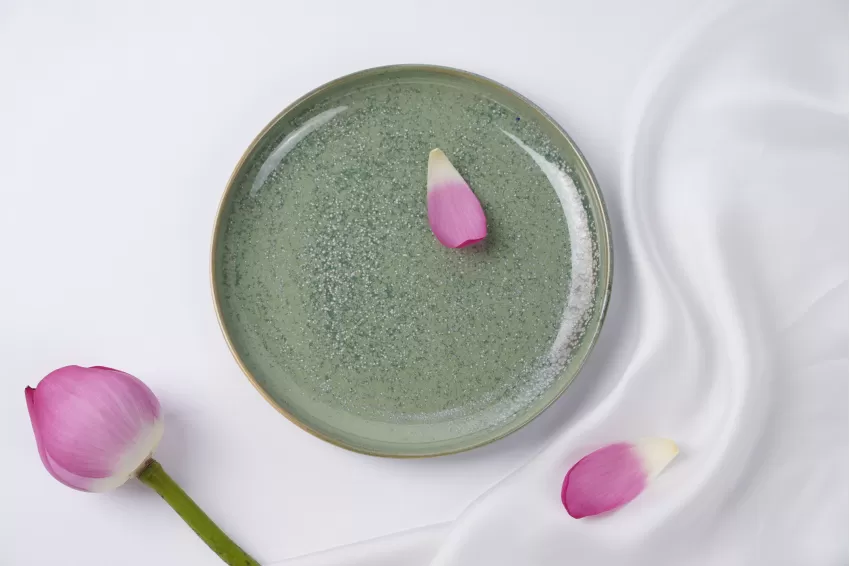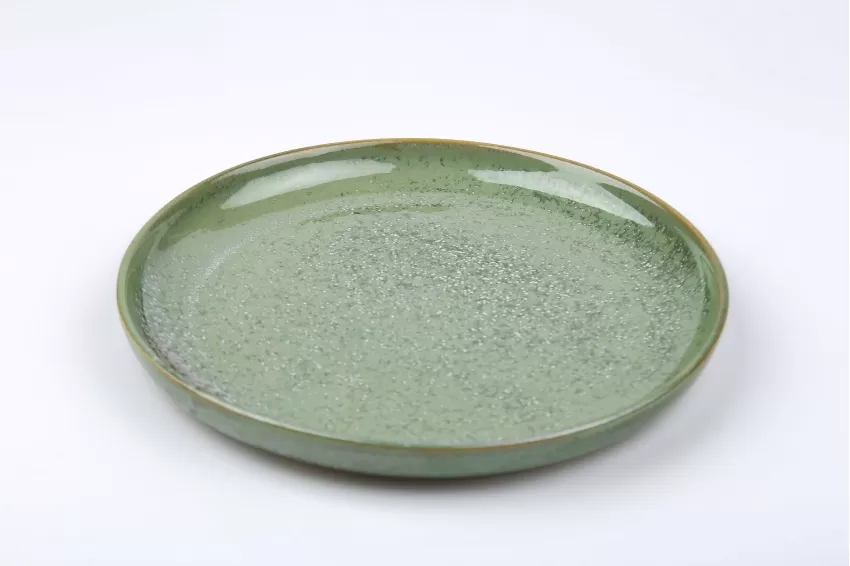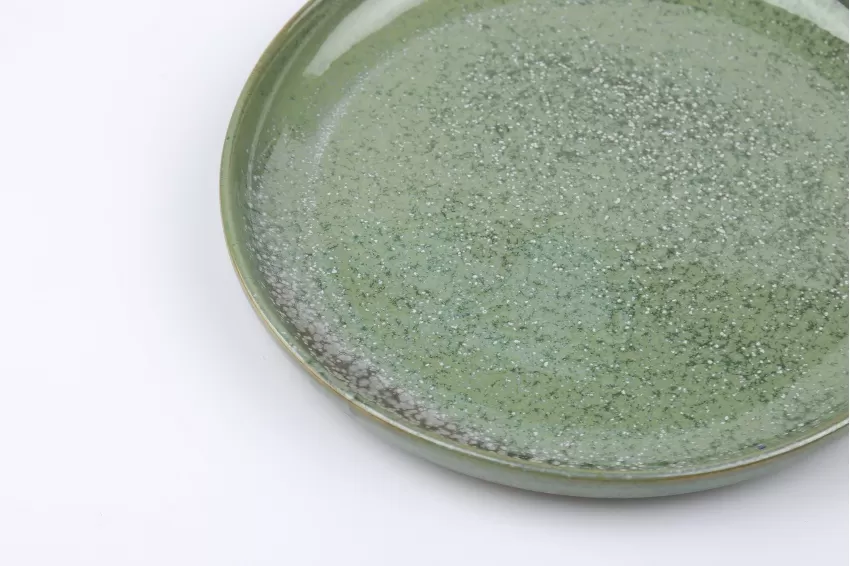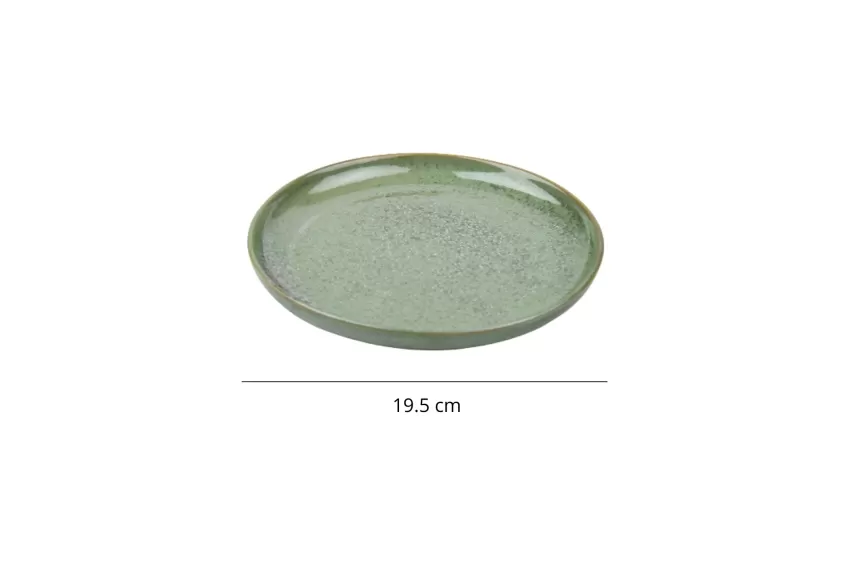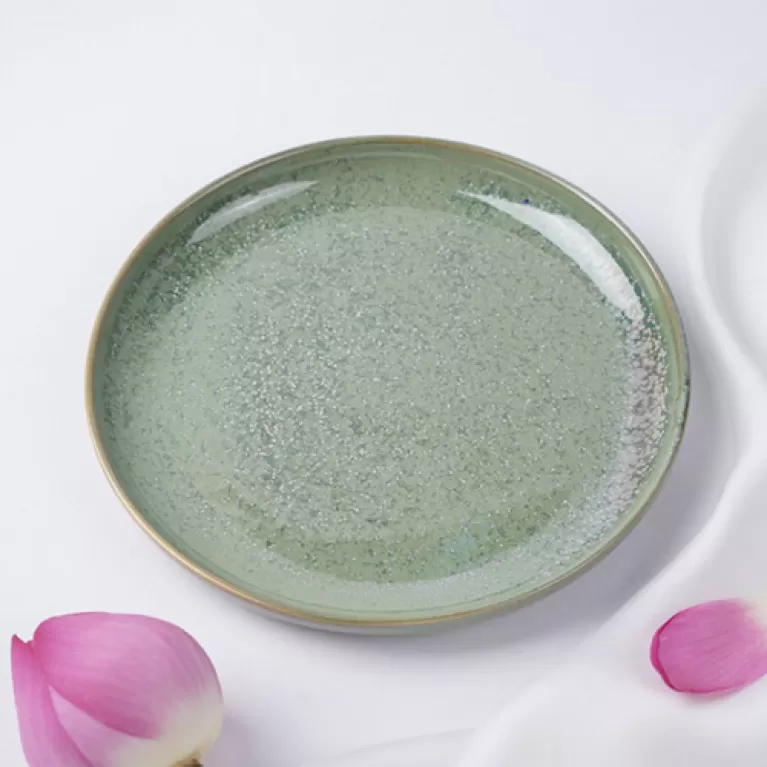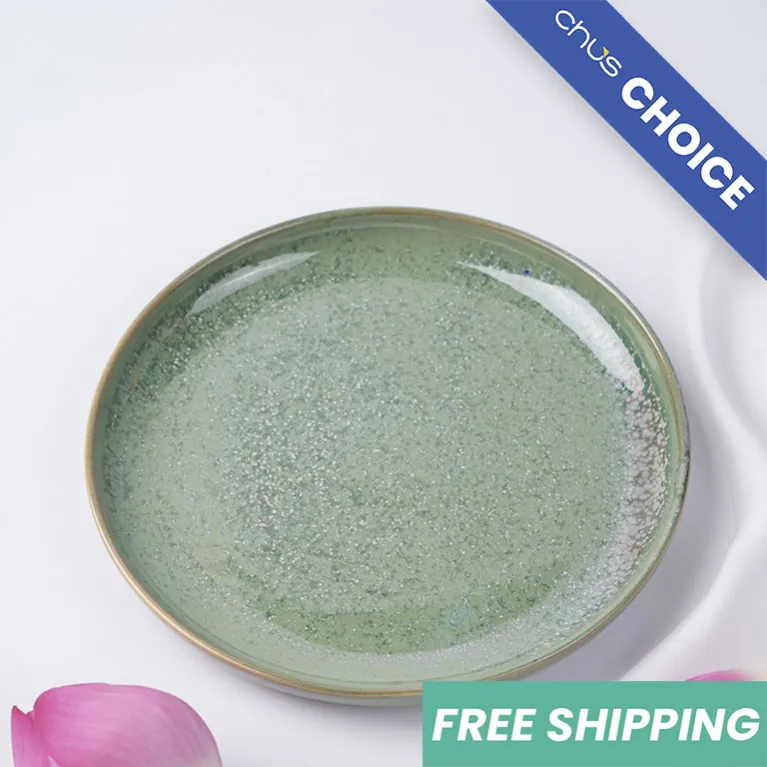Chus note
How to preserve ceramic utensils:
- Do not use Javel water to clean ceramic items because it will damage the enamel or create scratches on the utensils.
- Clean utensils with warm water or mild detergent, then rinse twice with water of the same temperature and dry with a clean and soft cloth before storing.
- If you accidentally crack or chip a ceramic utensil, the first thing you need to do is wash the item carefully with water and a mild detergent, then dry it with a hair dryer. If it's a thick ceramic, you can make a little incision and seal it with epoxy, and then dry it with an alcohol-soaked towel. Next, secure the crack with wire for at least 24 hours.
Cách bảo quản các vật dụng làm bằng gốm sứ:
- Không dùng nước Javel để làm sạch các vật dụng bằng gốm sứ vì sẽ làm hỏng lớp men hay tạo vệt xước dài trên đồ dùng.
- Làm sạch vật dụng bằng nước ấm hoặc nước có tính tẩy nhẹ, sau đó rửa lại 2 lần với nước cùng nhiệt độ rồi dùng khăn sạch và mềm lau khô trước khi cất.
- Nếu bạn vô tình làm vật dụng bằng gốm sứ bị nứt hoặc mẻ, trước tiên điều bạn cần phải làm là rửa vật dụng thật cẩn thận và nhẹ nhàng bằng nước rửa (tính chất tẩy rửa nhẹ), sau đó làm khô bằng máy sấy tóc. Nếu là đồ gốm dày, bạn có thể rạch thêm một chút vết nứt sau đó dùng epoxy dán chúng lại, tiếp theo lau khô chúng bằng một chiếc khăn tẩm cồn. Tiếp theo cột chặt vết rạn nứt bằng dây ít nhất 24 giờ.
Special note
- Completely safe for users because of the natural and special firing glaze colors
- The product does not peel off color with a smooth texture, has no odors or stains
- Heating at 1300 degrees Celsius - eliminates lead toxicity
- Natural colors come from the heat of fire and natural glazed powder
- Can be used on a daily basis and for decor purpose
- Can be used in a microwave and dishwasher
Why we CHUS it
Brand & Producer
- The brand produces glaze products that transform the surface of ceramic and household items as well as home decoration.
- Promotes Vietnamese Ceramic art
Ingredient/Material
- The clay in the North of Vietnam, which is supple and very rich in kaolin, is perfect for making fire glaze
Manufacturing process
- Đông Gia's Oceanwave special glaze firing technique is created from the interference black and white enamel in a heating environment of 1280 degrees Celsius. Depending on the firing temperature and gas, the enamel reaction creates the blue color of the product.
- The color of enamel depends on the interference of 5 factors: skillful hands of the mechanic; fire; land; mineral components in enamel and firing technique. After more than 10 hours of firing, the ceramic glaze crystallizes to form the finished products.
About Gốm Đông Gia

In 2006, with the desire to create handcrafted products with the aesthetic and sustainable value from local materials, Phan Thuy Mai and her husband - Francois Jarlov, a French enamel color artisan, established Dong Gia Ceramics.
When it comes to ceramic products most people will think of white ceramic items with blue patterns as details. At Dong Gia Ceramics, a brand from Vietnam that specialises in unique ceramics products, the familiar ceramic material has been given a new look which has a higher aesthetic value as well as skillful techniques involved. This peculiar technique is the art of fire glaze on ceramics. This technique has existed since the 19th century. However, many historical events have caused this art to fade away. Therefore, the art of glaze inadvertently adds value.
After research and discovery, Dong Gia Ceramics has chosen clay in the northern region of Vietnam as the raw material. This soil is flexible and rich in kaolin, which is very suitable for the glaze inadvertently. Because of that, Dong Gia Pottery has built its ceramics workshop right in Bat Trang pottery village.
Each product delivered to customers not only contains the quintessence of enamel art and the skillful workmanship of artisans, but also embodies the beauty of Vietnamese culture and tradition.
